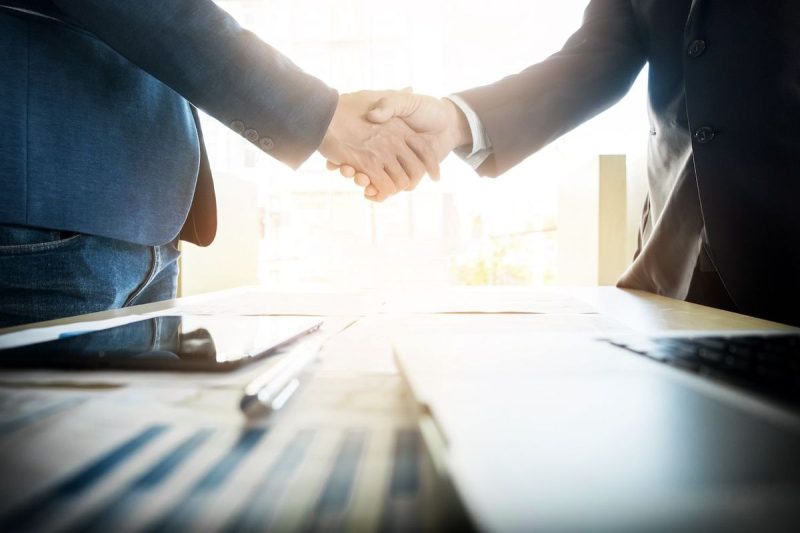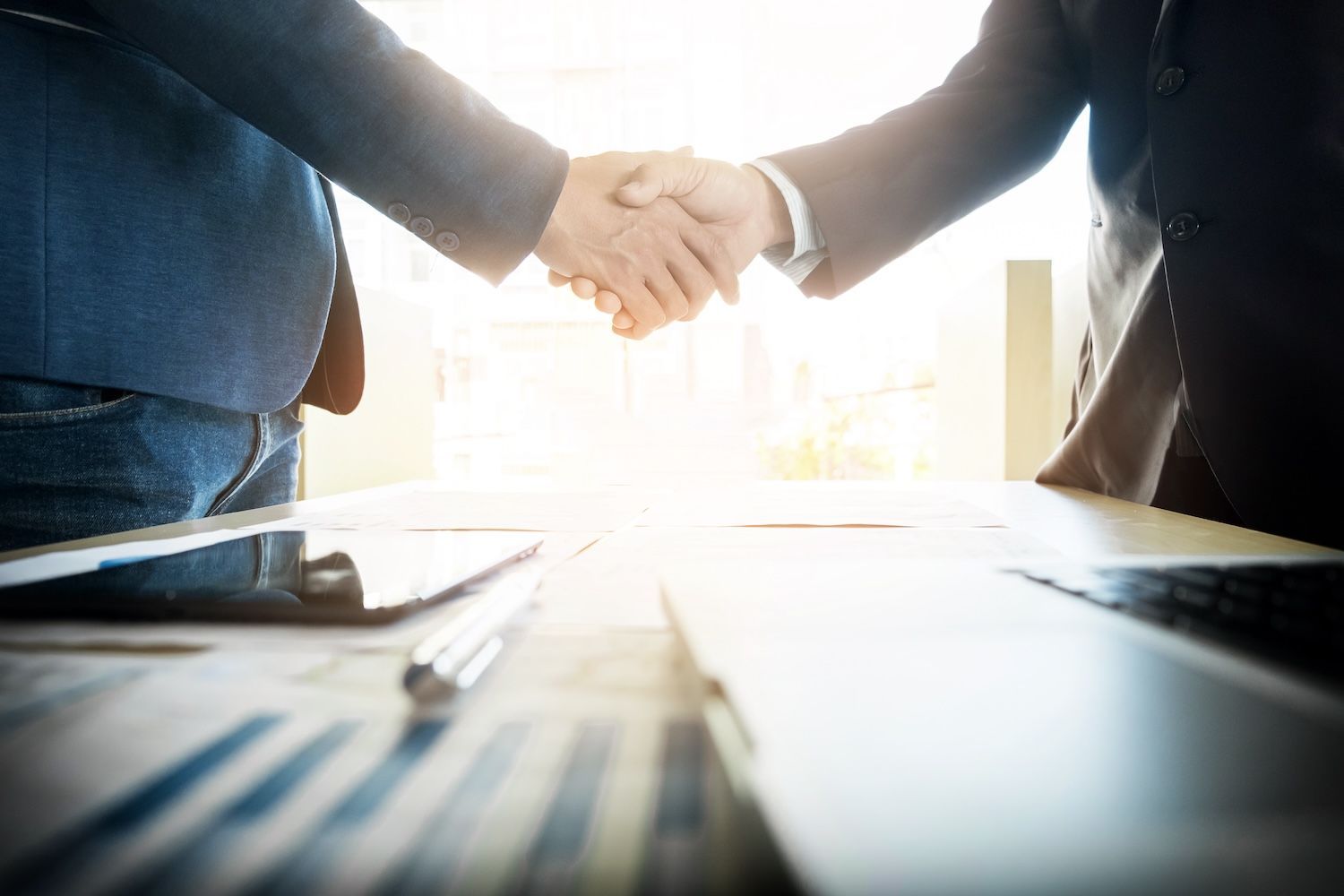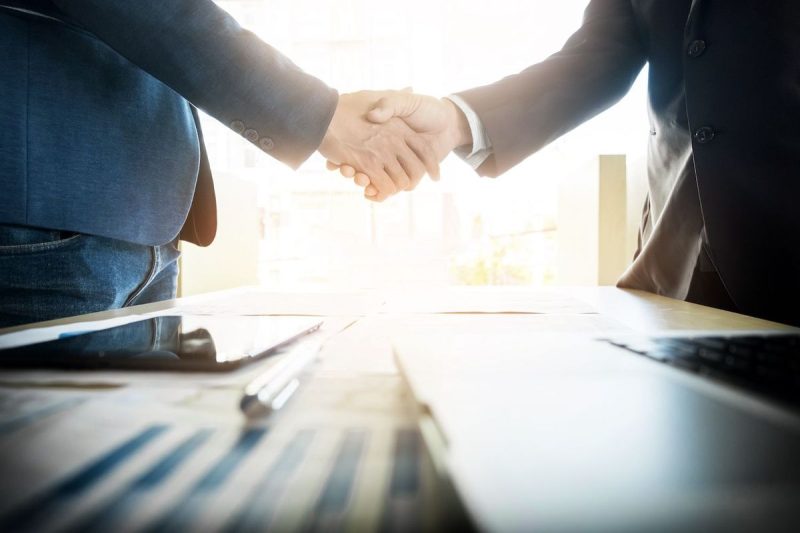

NextSource Materials (TSX:NEXT,OTCQB:NSRCF) announced that it has signed a multi-year offtake agreement with Mitsubishi Chemical Corporation (MCC), furthering its bid to become a vertically integrated graphite supplier for the North American electric vehicle (EV) market.
Under the agreement, NextSource will supply approximately 9,000 metric tons per year of intermediate anode active material (AAM) to MCC’s plant in Japan.
MCC, Japan’s largest chemical company and a key supplier to major auto manufacturers, will refine the material into finished AAM for EV battery production in North America.
“We are excited to have entered into a partnership with Mitsubishi Chemical Corporation through a binding offtake agreement for the production of active anode material in the Middle East,” said Hanré Rossouw, President and CEO of NextSource.
The timing is also strategic. The company is fast-tracking development of a large-scale Battery Anode Facility (BAF) in the United Arab Emirates to process its proprietary SuperFlake graphite concentrate from the Molo mine in Madagascar.
The facility will serve as the production hub for the MCC agreement, with initial shipments expected following a rigorous qualification process in 2026. The company said that equipment installations are already underway and a full-scale ramp-up is targeted for 2027.
In addition to processing and logistics, NextSource is preparing for a Phase 2 expansion of the Molo mine to ensure sufficient graphite feedstock. The Madagascar-based project, which began Phase 1 operations this year, is one of the world’s highest-quality graphite deposits and the only one producing SuperFlake graphite, according to the company.
NextSource says its long-term goal is to offer a fully traceable, scalable, and China-independent source of battery-grade anode material.
The company is also in advanced talks with strategic financing partners to fund construction of the BAF and Molo expansion. Technical and economic studies are underway to determine capital requirements and investment timing.
The agreement also comes amid tightening restrictions on Chinese battery materials. In July, the US Department of Commerce imposed a 93.5 percent anti-dumping duty on anode-grade graphite imports from China, adding to existing countervailing tariffs for a combined effective rate of around 160 percent.
The decision, prompted in part by complaints from the American Active Anode Material Producers (AAAMP), was designed to shield domestic producers from what they describe as unfairly priced Chinese shipments.
The decision could reshape the graphite market, which has long been dominated by China, which is currently responsible for roughly 95 percent of global anode output. Imports from China made up two-thirds of the 180,000 metric tons of graphite shipped to the US in 2023.
Overall, there is also growing urgency among EV supply chain participants to pivot away from China.
While materials like lithium and cobalt have captured more headlines, graphite, which makes up over 95 percent of the anode side of an EV battery, is equally critical, accounting for as much as 50 kilograms per vehicle.
With the new tariffs in place, industry analysts expect a significant acceleration of non-Chinese supply chain development, particularly for US automakers under pressure to secure compliant sources.
Securities Disclosure: I, Giann Liguid, hold no direct investment interest in any company mentioned in this article.

